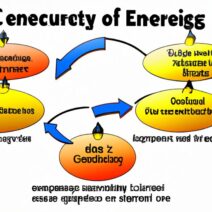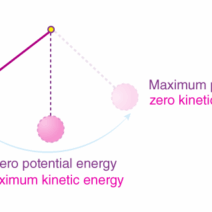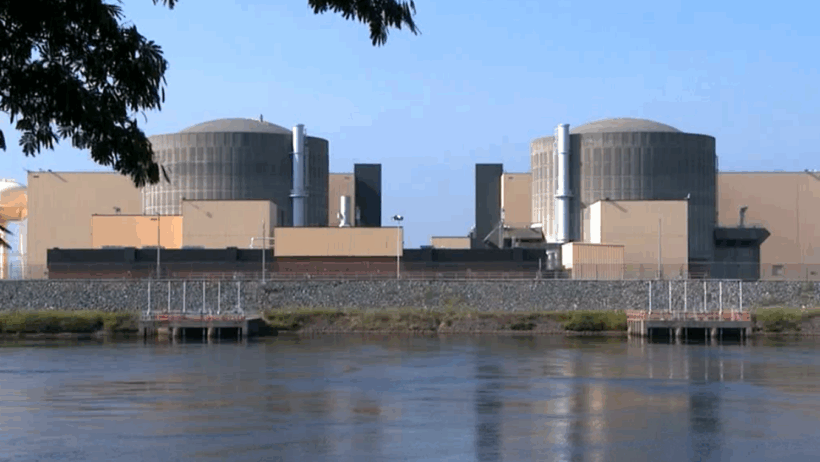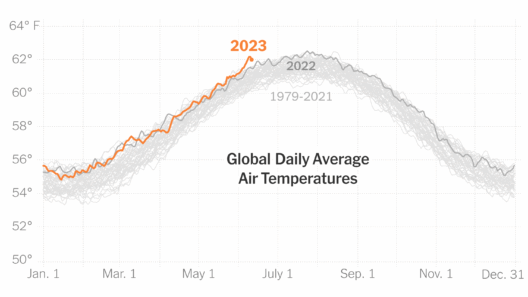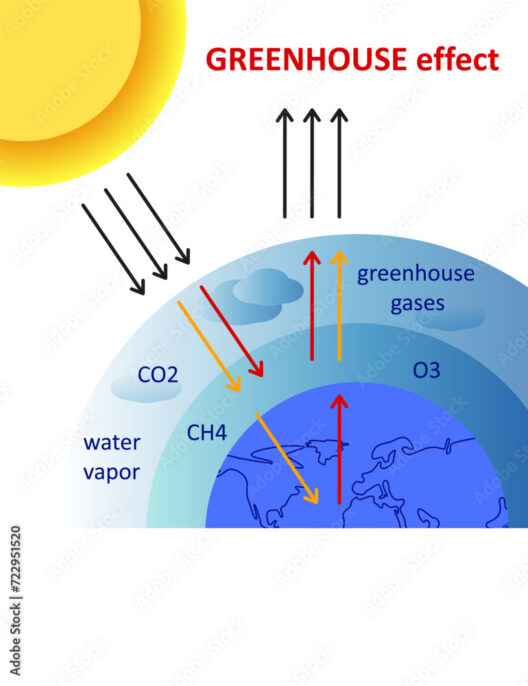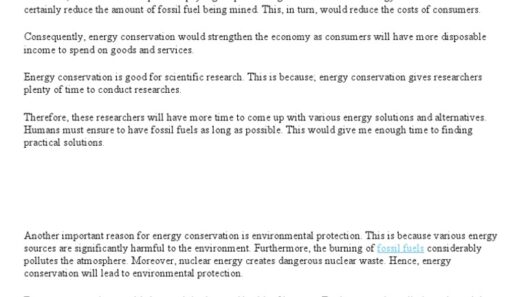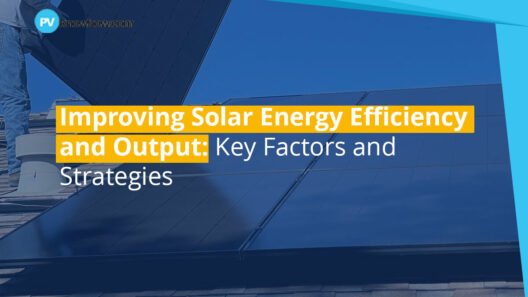In a world where energy is often viewed as an inexhaustible well, it is crucial to recognize the finite essence of the resources that fuel our daily lives. Energy conservation is not merely a choice; it is an imperative, an urgent call to action reminiscent of planting seeds in a garden of sustainability. Herein lies a comprehensive roadmap to preserving energy, illustrated through a series of poignant insights.
1. Switch to LED Lighting: The luminescence of traditional incandescent bulbs pales in comparison to the efficiency of LED lights, much like fireflies against a vibrant summer moon. LEDs consume up to 80% less energy and last 25 times longer, offering an alluring marriage of longevity and efficiency. By replacing your light sources, you not only reduce utility bills but also decrease greenhouse gas emissions significantly.
2. Embrace Smart Thermostats: Consider a smart thermostat your home’s energy maestro, orchestrating a harmonious balance between comfort and efficiency. These devices learn your habits, adjusting temperatures intelligently. When you are away, they reduce heating and cooling, curtailing energy waste. This dynamic adaptation mirrors nature’s instinctual rhythm, preserving energy while maintaining a conducive environment within your sanctuary.
3. Optimize Appliance Usage: Just as farmers carefully choose when to sow seeds for maximum yield, energy conservation requires understanding peak usage times. Run dishwashers, washing machines, and dryers during off-peak hours. Not only does this alleviate pressure on the power grid, but it also trims your energy bill, allowing you to reap the rewards of diligent resource management.
4. Insulate Your Home: Think of your home as a cozy cocoon. Proper insulation acts as a barrier against the elements, ensuring that warmth stays in during winter, while the stifling heat is kept at bay in the summer. Invest in quality insulation for walls, attics, and basements to keep energy consumption in check. This structural shield is an investment in both comfort and conservation.
5. Seal Leaks and Drafts: Just as a well-maintained ship avoids leaks and retains buoyancy, a home free of drafts conserves precious energy. Examine windows, doors, and any crevices that may allow conditioned air to escape. Caulking and weather stripping are your straightforward remedies to maintain the integrity of your home’s climate control.
6. Choose Energy-Efficient Appliances: Selecting appliances with the ENERGY STAR label is akin to choosing fine wine; it reflects both quality and responsibility. These appliances are designed to use significantly less energy and water than their conventional counterparts. Consider investing in these eco-friendly options when it’s time to replace older appliances, thereby transforming your household into a bastion of energy efficiency.
7. Reduce Water Heating Costs: Heating water accounts for a substantial portion of energy consumption. Lowering the thermostat on your water heater, insulating water heating pipes, and using cold water for washing can dramatically diminish this expense. Each drop saved is a stride toward a more sustainable future.
8. Cultivate a Habit of Unplugging: Vampire electronics—devices that sip power even when not in use—can stealthily escalate your energy costs. Unplug devices, or better yet, employ power strips that allow you to disconnect multiple gadgets simultaneously. This small act can prevent energy loss and is akin to cutting the cord of unnecessary waste.
9. Utilize Natural Light: Sunlight is a boundless resource. Harnessing it to illuminate your living spaces can significantly cut energy consumption and enhance your mood. Rearranging your home to maximize natural light is both an aesthetic choice and a frugal practice, as it evokes a connection to the larger ecosystem.
10. Engage in Renewable Energy Solutions: Installing solar panels or wind turbines is analogous to planting your own energy orchard. While the upfront cost may be substantial, the long-term returns on reduced energy bills and increased home value are undeniable. Furthermore, tapping into renewable energy sources lessens dependence on fossil fuels, harmonizing your energy consumption with environmental stewardship.
11. Opt for Public Transportation: Utilizing public transport or carpooling is not only a personal energy-saving strategy but also a community-oriented approach toward reducing carbon footprints. Each journey shared is a step toward alleviating traffic congestion, lowering emissions, and fostering community connections akin to the interwoven roots of an ancient tree.
12. Raise Awareness: Sometimes, the ripple effect begins with simple conversations. Educating friends and family about energy conservation methods can amplify the impact of individual efforts. Encourage community initiatives that promote energy efficiency, reinforcing a collective responsibility reminiscent of a choir in harmonious unison.
Conclusion: Energy conservation is an intricate dance between personal responsibility and collective action. Each point outlined serves as a brushstroke on the canvas of sustainability; together, they craft a vivid tableau of possibility. The journey toward energy conservation is inexorably linked to the health of our planet, resonating with the urgency of our times. By embodying these practices, we do not merely consume; we cultivate, nourish, and ultimately sustain the delicate balance of life on Earth.
